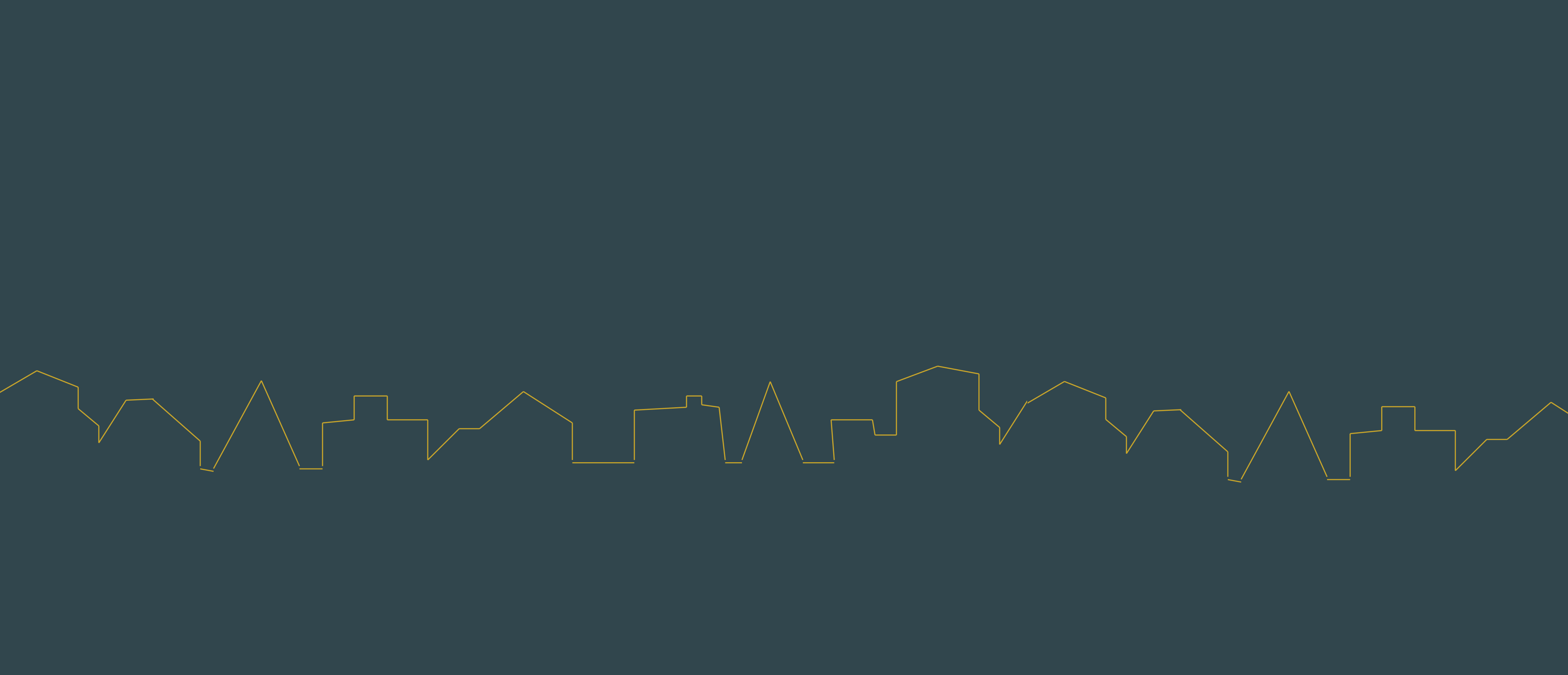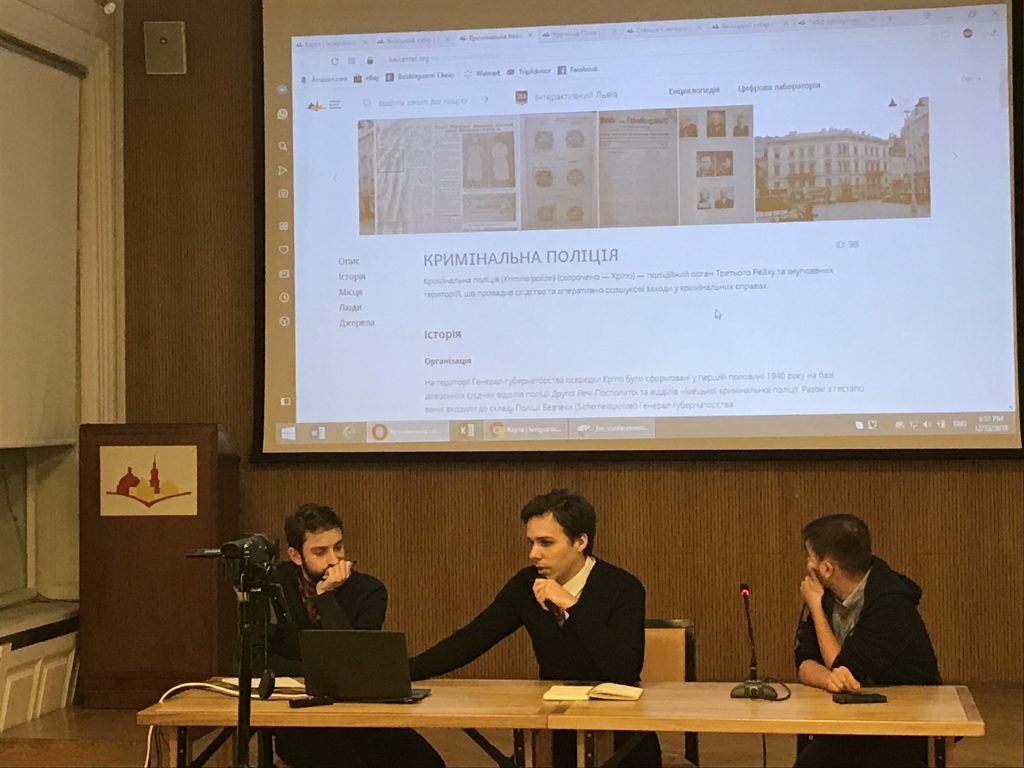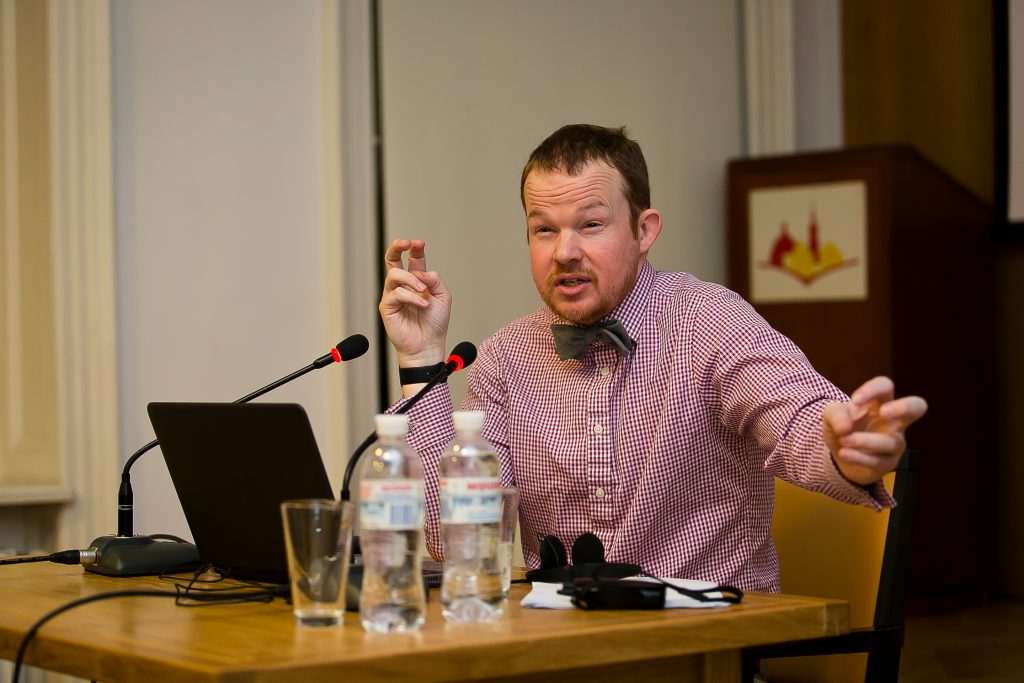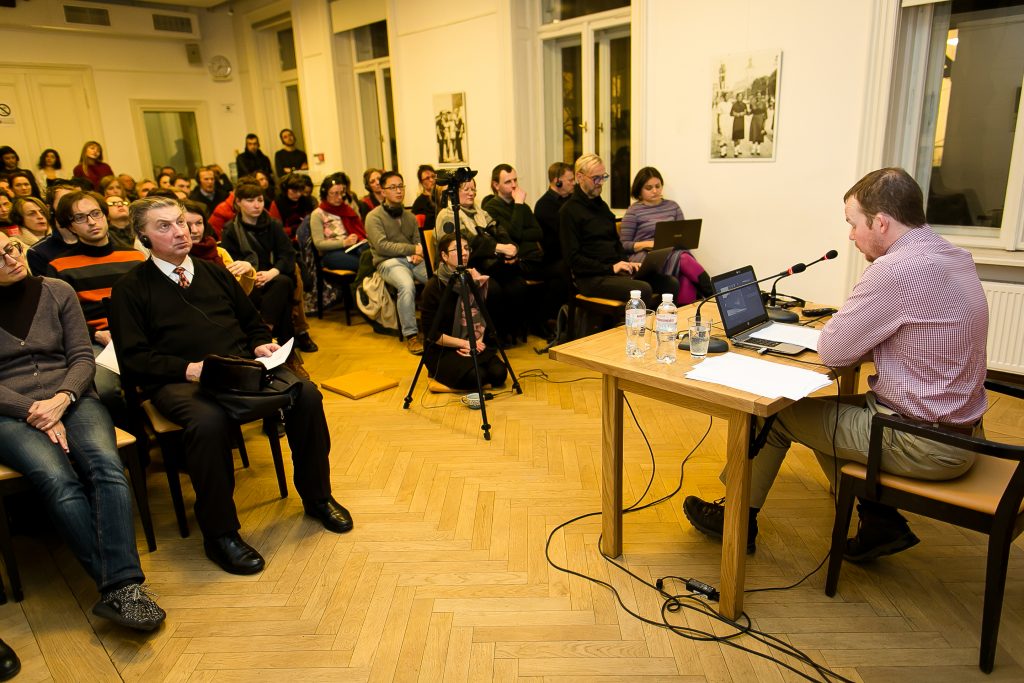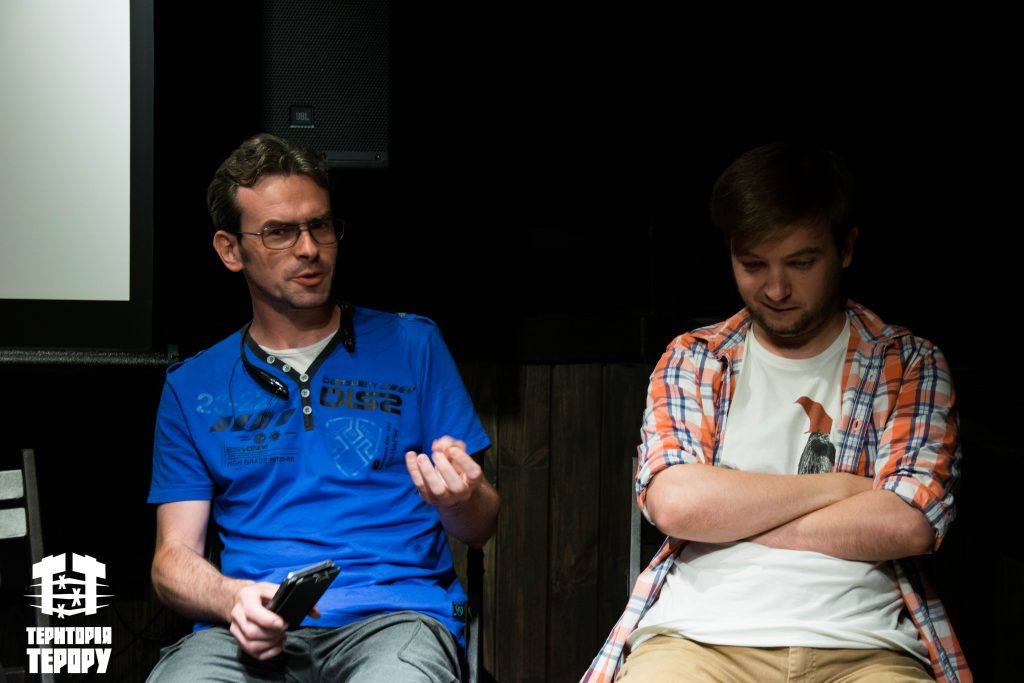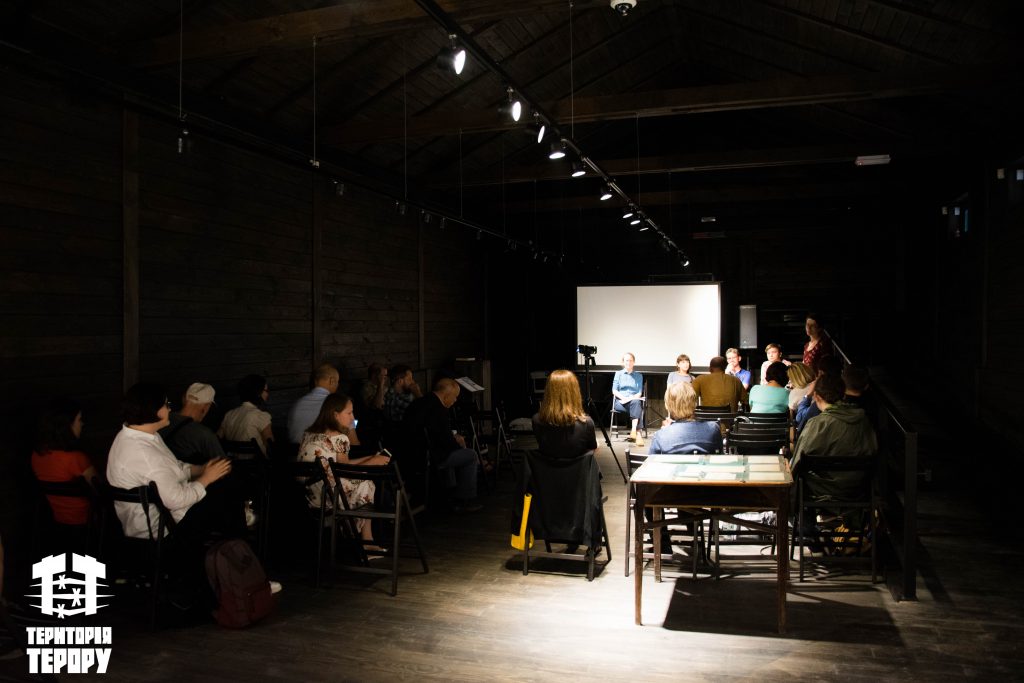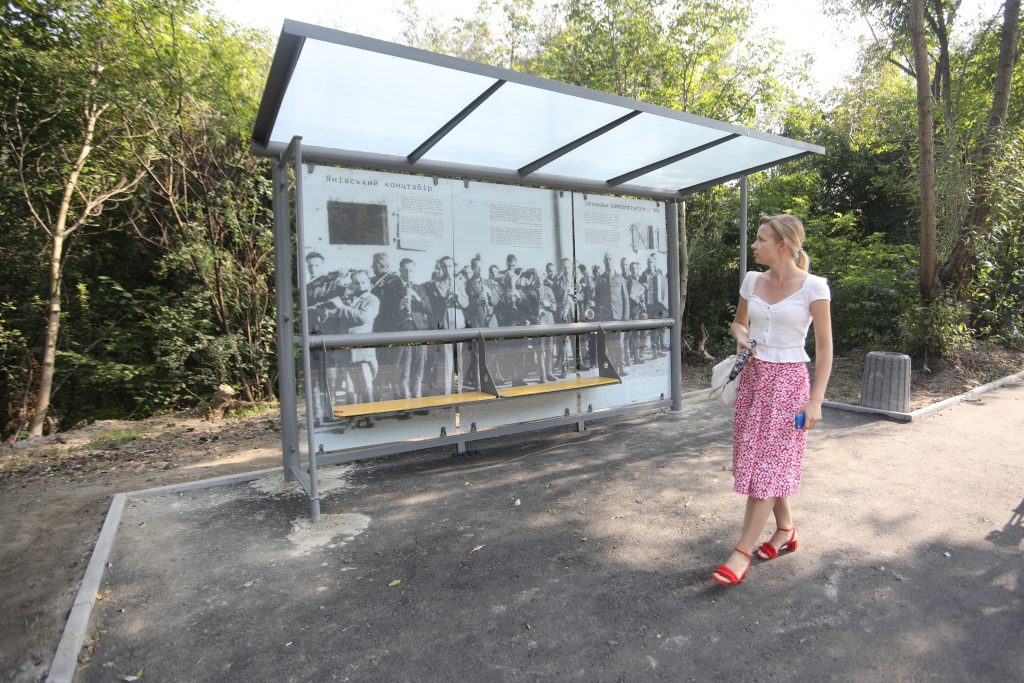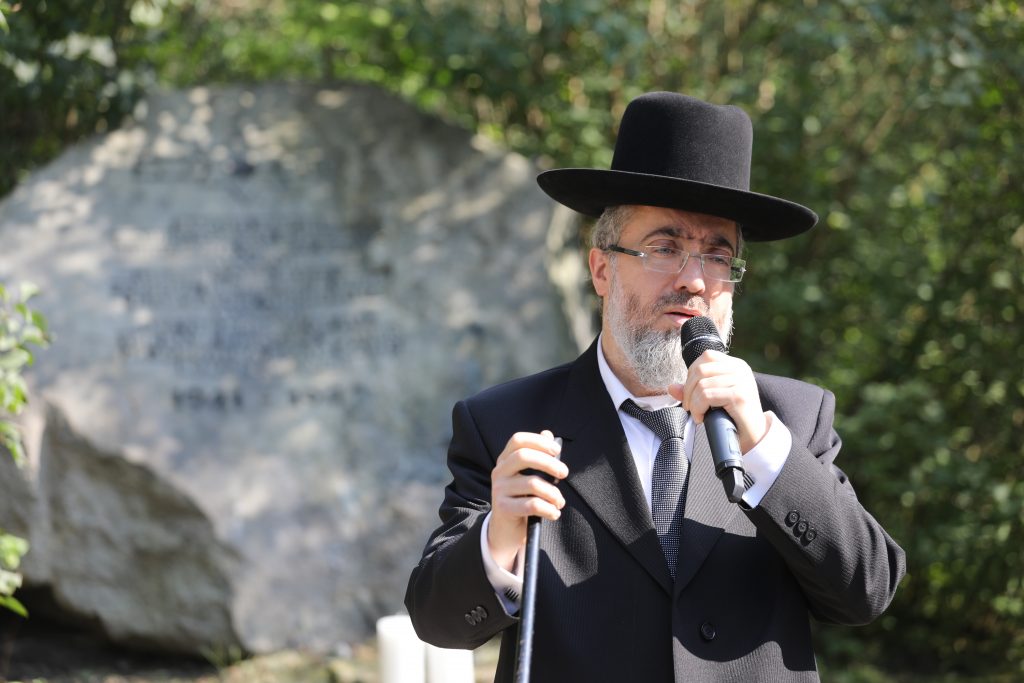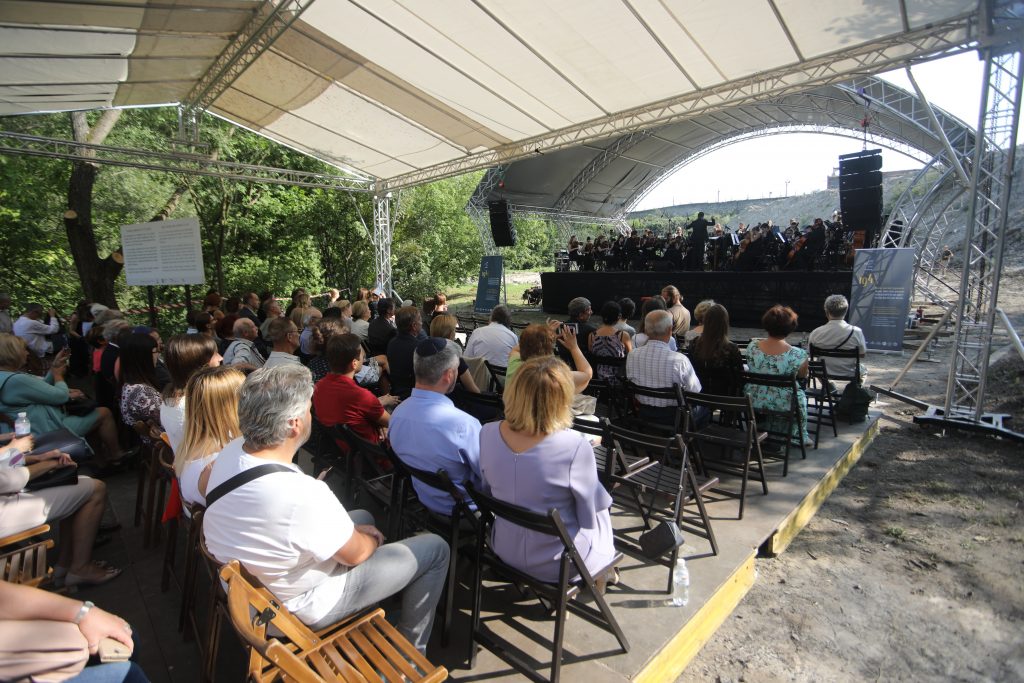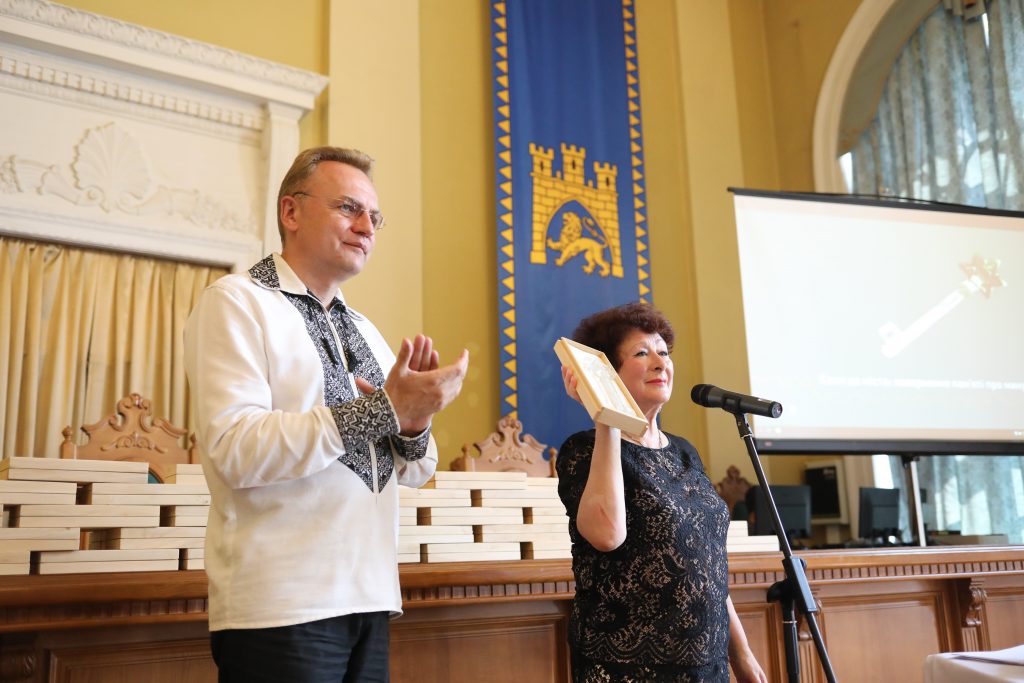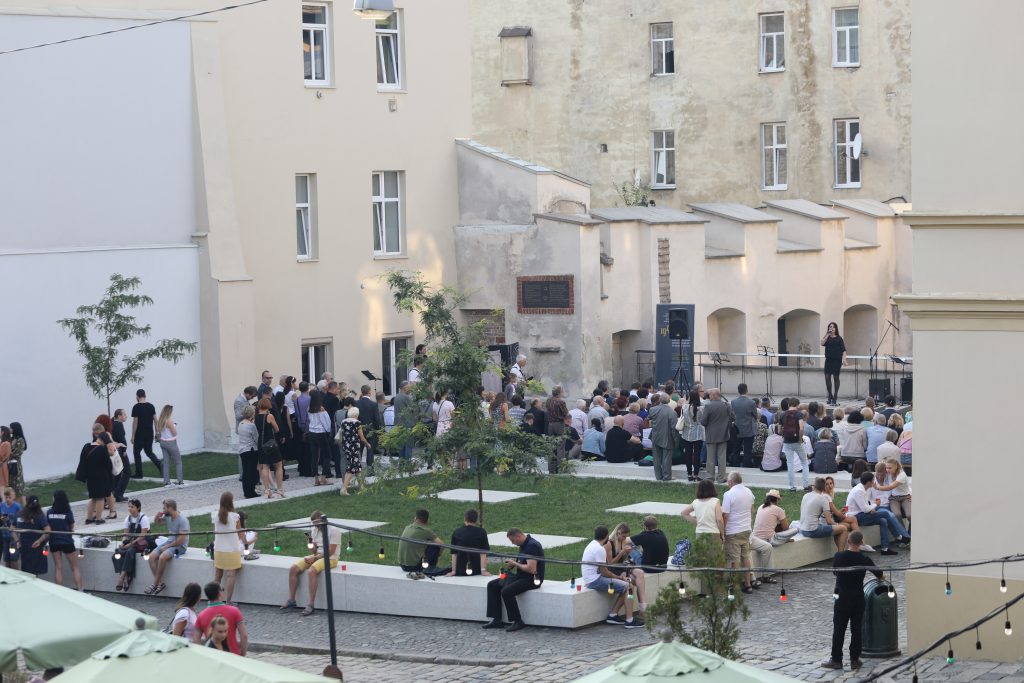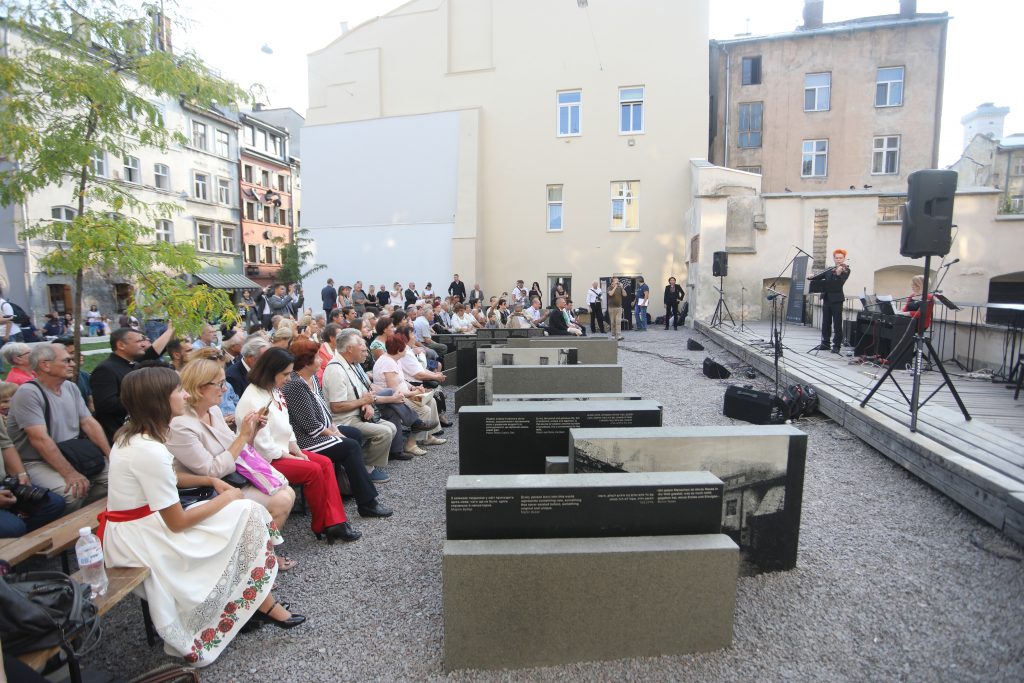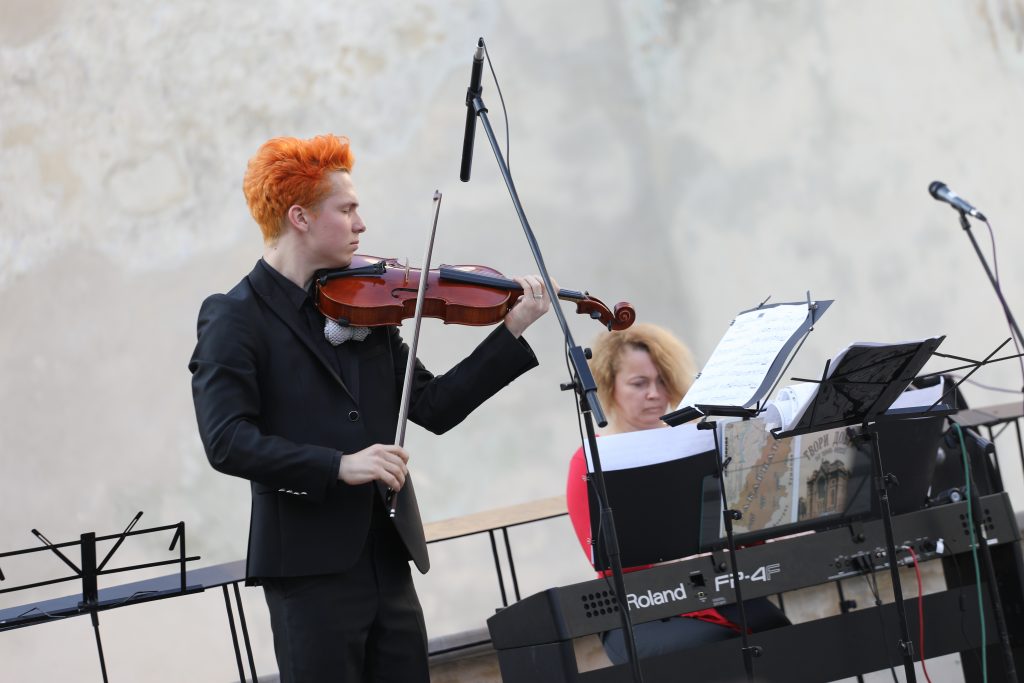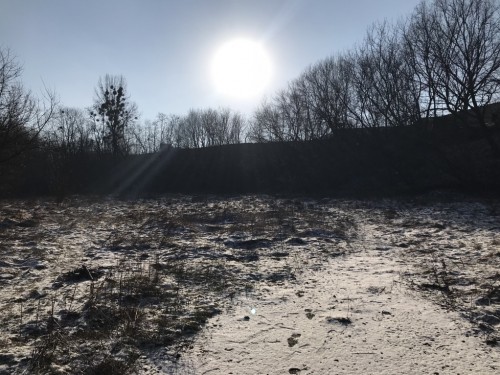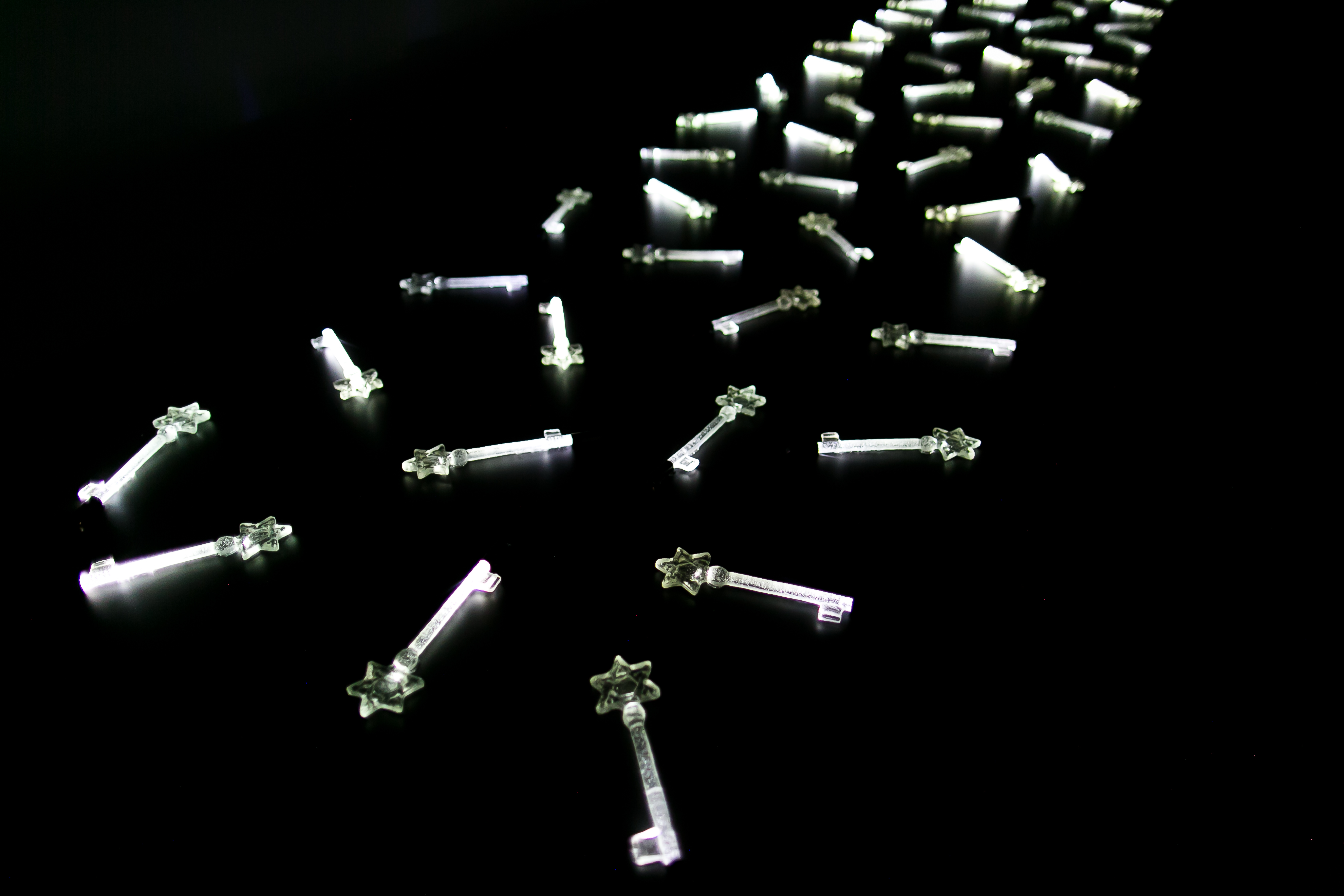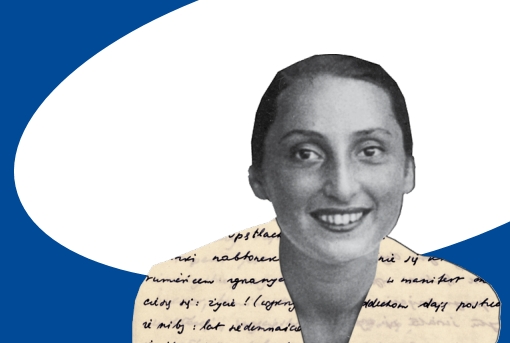Lwów, לעמבערג, Львів, Lemberg’43: The City that did (not) Survive
March - December 2018
Lviv
I closed my eyes, so as not to see the deaths of my brethren the sons of my city…
How they are tortured by their tormentors and how they are killed in evil and cruel deaths…
And so I closed my eyes and called upon the city to stand before me,
my city and all its inhabitants and all its synagogues. ...
One by one the people of my city began to vanish.
And I did not chase after them, since I know that one’s thoughts
cannot reach where they are going.
Shmuel Yosef Agnon
Shmuel Yosef Agnon had every right to claim as his own many cities, with Lviv among them. He wrote these lines thirty years after Jewish Lviv, his Lviv in fact, turned into ashes in the flames of the Holocaust. One third of the city’s population was murdered on the shooting grounds of Lysynychi forest, in the gas chambers of Bełżec, or in the barracks of Janowska. The survivors – both Jews and their non-Jewish neighbors – were fated to long attend to their wounds, to hide their experience from others and themselves, to speak in the language of curses and gratitude. At the same time, the cityscape was changing, with the traces of life and death of the Jewish community slowly disappearing, with the renamed streets, squares, and buildings falling into ruin, affected by the metastasis of extreme violence. How could one not shudder at the word "Janowska"? This is not merely the name of a street but also a camp for forced labor, with conditions that former inmates compared to the death camps. The consignment to oblivion is also part of the Holocaust in Lviv. Preserving the memory of those whom perpetrators tried to erase from the city’s history forever is not only a resistance to hatred, but also a moral challenge for present-day residents.
In 2018, a number of institutions have joined together to present varied memorial activities focusing on the traumatic topic of the Holocaust of the Lviv Jewish community. They have proposed a series of academic, artistic, and commemorative lenses in order to take a closer look at the (un)survived city.
The program was motivated by the 75th anniversary of liquidation of the ghetto and of Janowska camp, as well as by the need to voice out and reflect upon the complex history of the city in the World War II and during the Holocaust. The topics covered by the program include the stories of persecution and mass killings of Jews residing in the city and other Jewish citizens from the occupied District of Galicia forcefully displaced to the camp and to the ghetto. In addition, the program covers the topics related to the occupation policy, terror and genocide, positions and choices of local citizens and witnesses, as well as other relevant issues of commemorative practices and memory on the World War II and the Holocaust in the present-day Lviv.
The program "Lwów, לעמבערג, Львів, Lemberg’43: The City that did (not) Survive. In Commemoration of the 75th Anniversary of the Liquidation of the Ghetto and the Janowska Concentration Camp in Lviv" brings together diverse academic and cultural institutions of Lviv, and offers varied participation formats targeting broad audiences, such as lectures, discussions, talks, exhibitions, film screenings, performances, and concerts.
Сenter's Events:
Coordinator: "Territory of Terror" Museum
In cooperation with the Center for Urban History
Partners:
Lviv City Council
"Hesed Arieh" All-Ukrainian Jewish Charity Fund
Emil Domberger/Bnei Brit "Leopolis" Charity Fund
Lviv Organ Hall
Separate events in cooperation with
Lviv – City of Literature
Lviv University, Department of Culture and the Arts
Israeli Friends of Ukraine
Österreichischer Akademischer Austauschdienst - Cooperation Office Lviv
Credits
Gallery Image by Iryna Sereda, Roman Baluk
